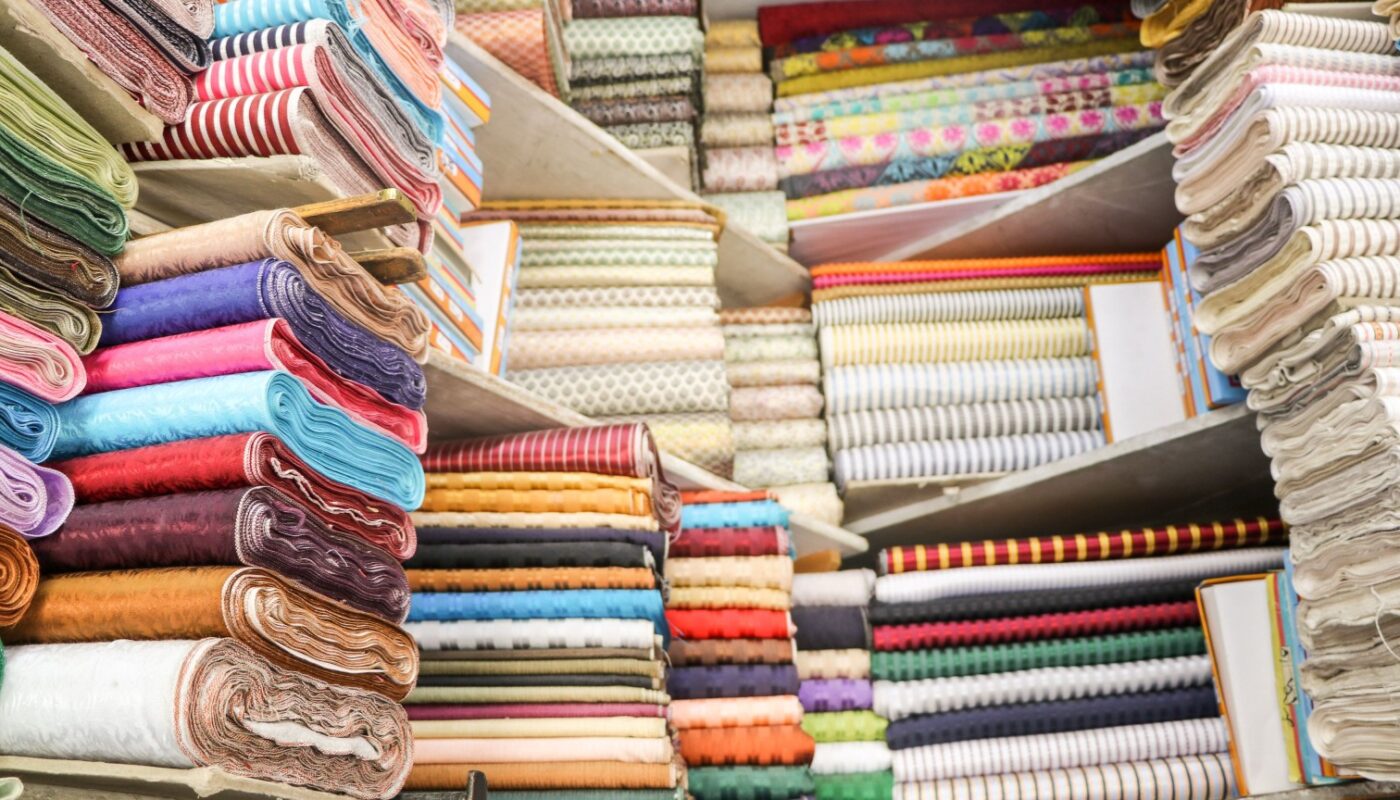The textile and apparel market is estimated to be valued at US$ 2662.69 Bn in 2023 and is expected to exhibit a CAGR of 3.8% over the forecast period 2023-2030, as highlighted in a new report published by Coherent Market Insights.
Market Overview:-
The textile and apparel industry produces raw materials such as natural fibers, synthetic fibers, and yarns that are further processed into fabrics through processes such as weaving, knitting, and screen printing. These fabrics are then cut and sewn into finished apparel products. The industry caters to various end uses like clothing, home furnishing, industrial, and technical textiles. Textiles and apparel find widespread application in fashion clothing, sportswear, protective clothing, medical clothing, and home furnishing products such as bed sheets, towels, curtains, and others.
Market Dynamics:-
Growing fashion consciousness among consumers coupled with increased spending power are some of the key factors driving growth of the global textile and apparel market. Consumers today are constantly following fashion trends and are willing to spend more on premium and designer apparel and clothing. This has boosted demand for high-quality and innovative fabrics and apparel across regions. Furthermore, rapid urbanization along with rising population is fuelling demand for home furnishing products like bedsheets, towels and curtains which in turn is driving the textile industry. However, fluctuations in raw material prices remain a key challenge for players in this industry. Stringent government regulations concerning environment protection is also negatively impacting growth of the market.
SWOT Analysis:-
- Strength: The textile and apparel market enjoys strong brand positioning and customer loyalty. Established brands have a stronghold over production and distribution channels. They provide good quality products at competitive prices. Advancement in textile manufacturing technologies and processes allow for mass production of customized goods.
- Weakness: The market is highly fragmented with presence of numerous small and medium players. This increases the competition and bargaining power of retailers. Additionally, strict environmental regulations raise production costs. Fluctuating raw material prices pose challenges to maintained margins.
- Opportunity: Growing working population and increasing disposable income in developing nations drive the demand for apparels and fabrics. Rapid urbanization is boosting consumerism and fashion trends. E-commerce is opening new distribution channels and markets globally.
- Threats: Rising labor and compliance costs reduces the competitive advantage of manufacturers in high-cost countries. Impact of currency fluctuations can hurt exports of textile products. Environmental regulations are becoming more stringent regarding production processes.
Key Takeaways:-
The Global Textile And Apparel Market Demand is expected to witness high growth, exhibiting CAGR of 3.8% over the forecast period, due to increasing working population with rising disposable incomes across emerging markets. Availability of versatile fabrics and changing fashion trends are fueling the market growth.
Regional analysis: Asia Pacific dominates the global textile and apparel market, accounting for over 50% of the total revenue share in 2023. Availability of raw materials and cheap labor attracts major manufacturers to set up production bases in China, India and other Asian countries. Europe ranks second in terms of market size due to presence of leading brands and demand for high fashion apparels.
Key players operating in the textile and apparel market are Arvind Ltd, Toray Industries Inc., Tjx Companies Inc., Far Eastern New Century Corp., Vf Corporation, and Industria De Diseno Textil Sa (Inditex). Market leaders invest heavily in new product development, sustainability initiatives and expansion into emerging regions. Strategic collaborations, mergers and acquisitions remain key competitive strategies.
*Note:
1. Source: Coherent Market Insights, Public sources, Desk research
2. We have leveraged AI tools to mine information and compile it



